Month: January 2019
A Quick Reminder for Camera Settings
Hi all,
Just a quick reminder about how to set the camera for video.
Step 1. Set up Exposure
Exposure is the brightness of the image and you control it by the shutter speed and aperture of your camera.
- Set shutter speed to 50 (which means it will record each frame at 1/50th of a second). 1/50 will give you the most “film camera”-like visual. Here is a quick explanation why if you’re interested: https://photography.tutsplus.com/articles/quick-tip-how-does-shutter-speed-affect-video–photo-12092
- Set your aperture (f-stop) so the image looks properly exposed. Not too bright and not too dark. Use your histograms to understand the exposure of the image. Here is a quick explanation if you’re interested: https://www.cambridgeincolour.com/tutorials/histograms1.htm
- Note: a histogram is a lot like a mosaic. Imagine taking a mosaic apart into all its coloured pieces, and stacking them left to right in order of brightness. A mosaic with a lot of dark pieces with have high stacks in the left. A mosaic with a lot of bright pieces will have high stacks at the right.
- The aperture of your camera will have a secondary effect: depth of field, which is the depth of focus. The lower the number (e.g. f2.8 – f5.6) , the less depth of field you will have. The higher the number (e.g. f8 – f11+) the more depth of field you will have. Here is an explanation fo depth of field if you’re interested: https://www.cambridgeincolour.com/tutorials/depth-of-field.htm
Step 2: Set white balance
Look for the Q on your camera or in the touch screen menu. At the second from the top-right, there is a button you can touch. It will give you a list of options on the bottom.
- Don’t ever use AWB, which is auto white balance
- Use the sun for bright outdoor light
- Use the cloud for cloudy outdoor light
- Use the light bulb for tungsten (old fashioned) light
- Use the bar with the light streaks for fluorescent light.
If the image looks too orange, you’re using the daylight white balance when you should be using the light bulb.
If the image looks too blue, you’re using the light bulb white balance when you should be using the sun.
In general, it is best to not use fluorescent light. Fluorescent light can often have strange colours and flicker.
Step 3: Set focus
- Make sure the button on the lens is set to MF (not AF!)
- To set focus, find the + sign on the top right of the back of your camera.
- Use it to zoom in on your subject.
- Adjust the wheel on your lens until the subject looks in focus
- Press the + until the screen turns back to normal zoom.
One kilometre of spun yarn

CAPTURING A KILOMETER (in a jar)
Did you know that a jar can fit an entire kilometer inside?
It can be done in 3 easy steps:
step 1. travel a kilometer with your jar open to catch it
step 2. close the lid to ensure the kilometer is contained properly
step 3. label jar to warn others of the contents
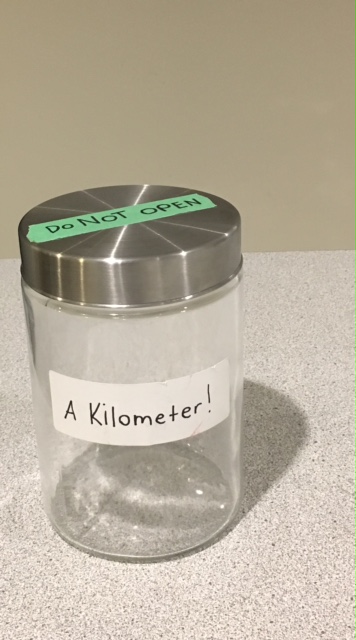
kilometre
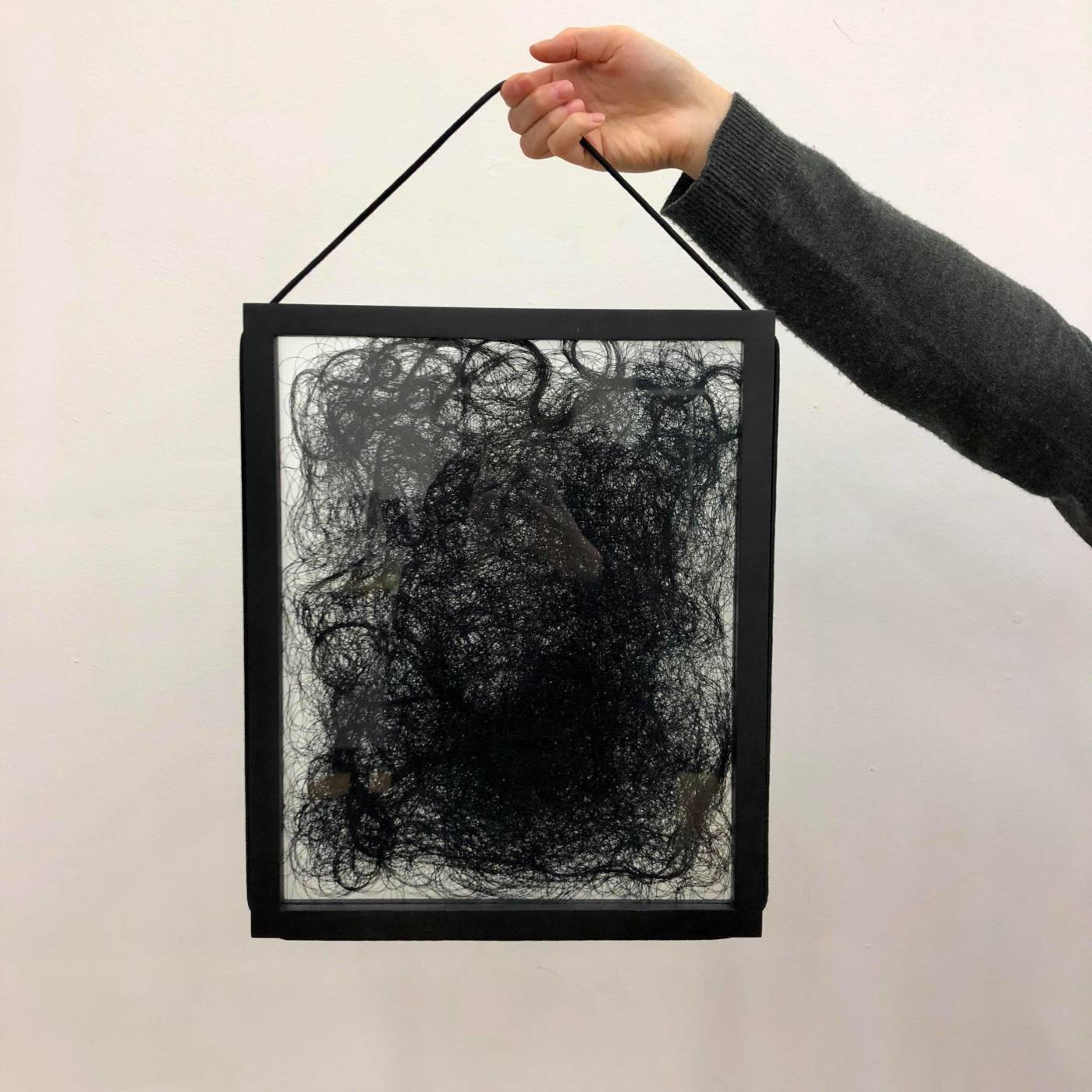
black thread encased in glass
A Kilometre of Found Objects
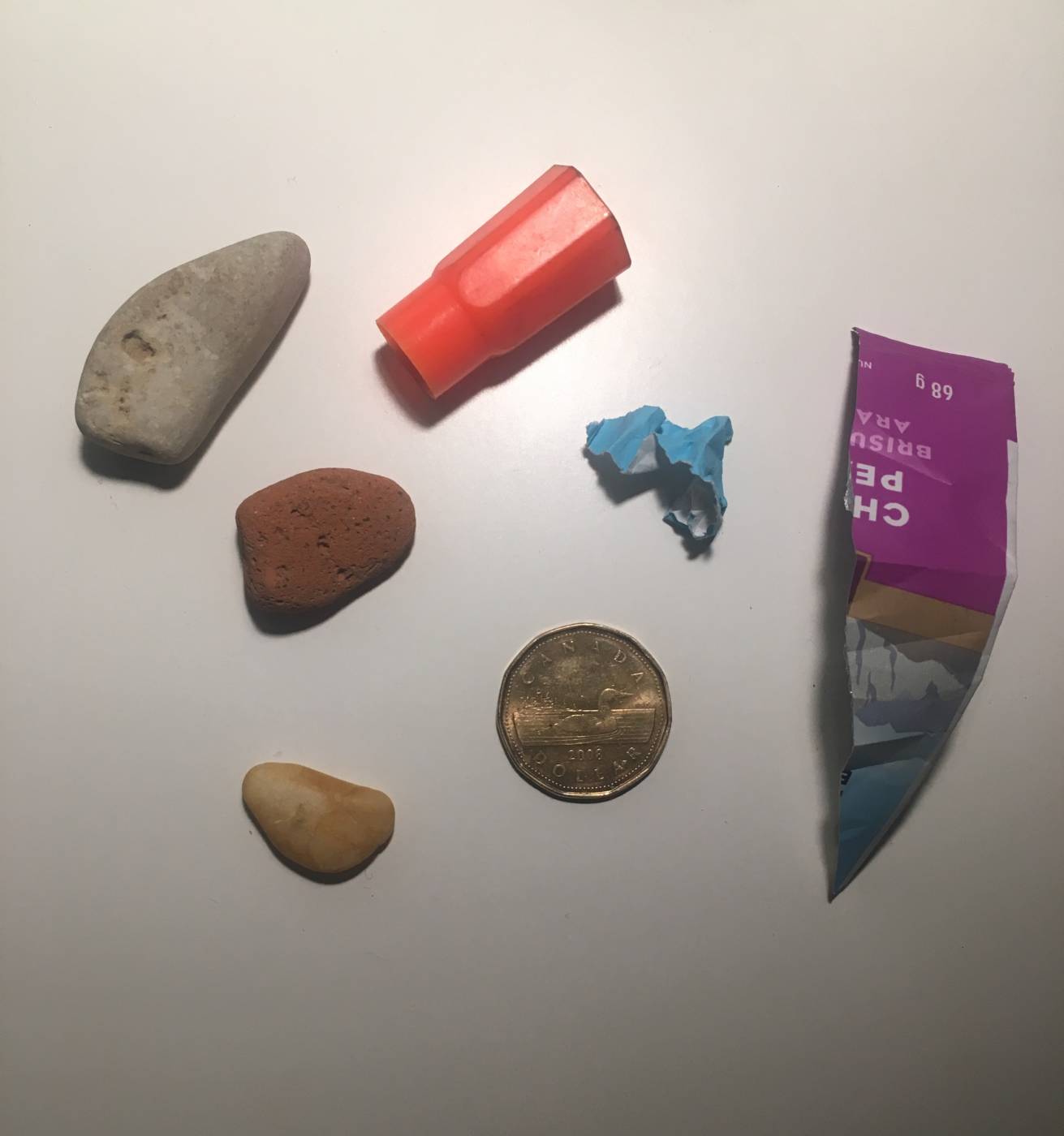
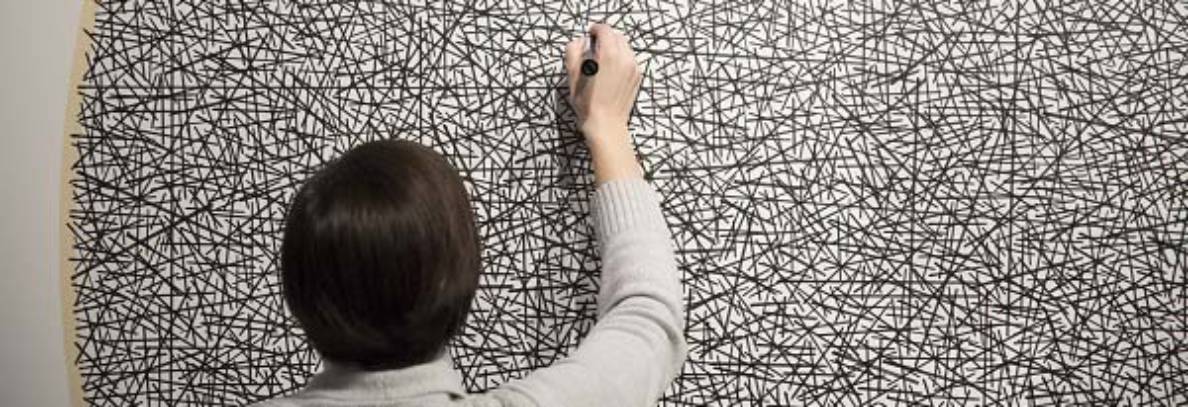
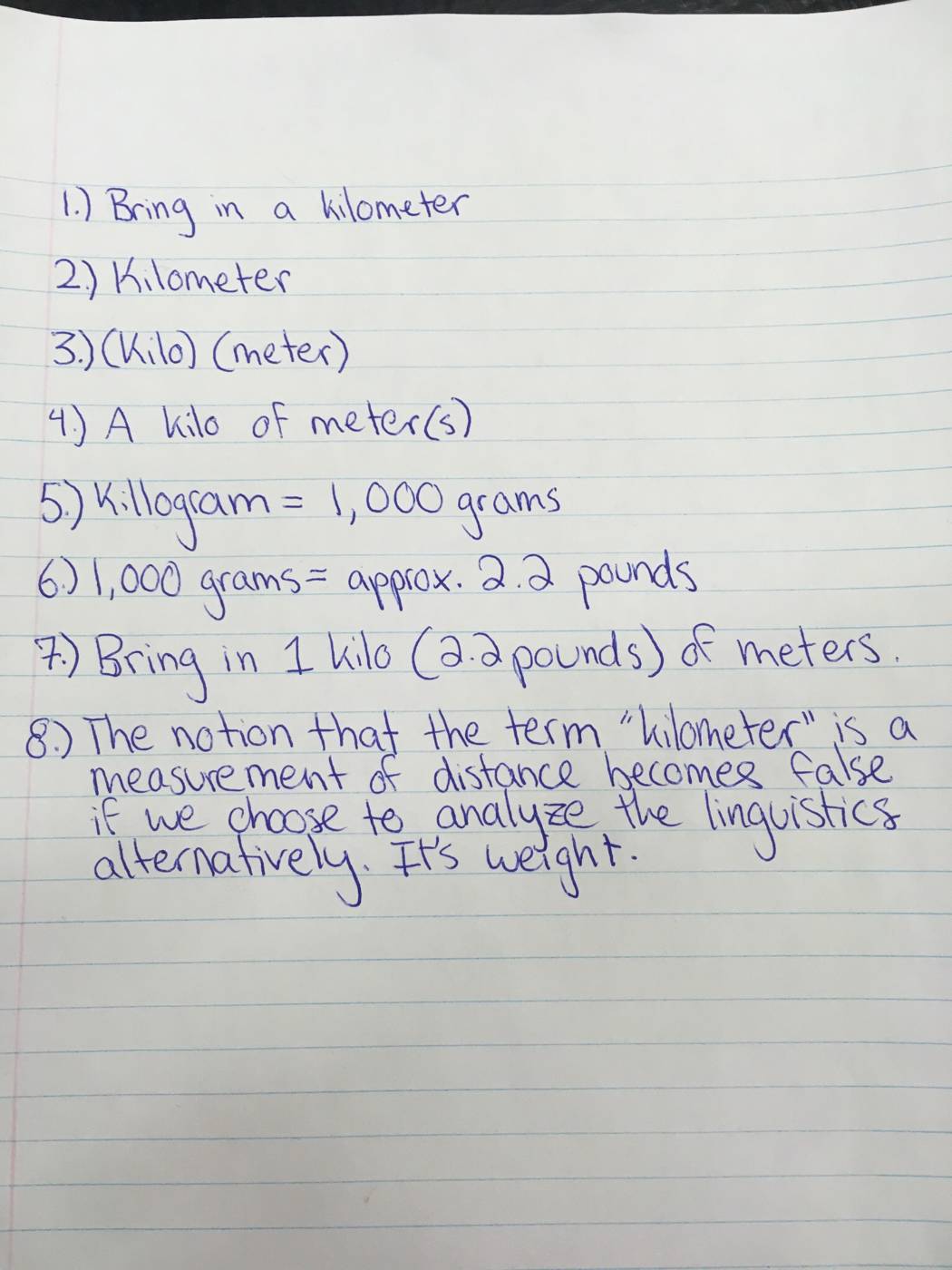
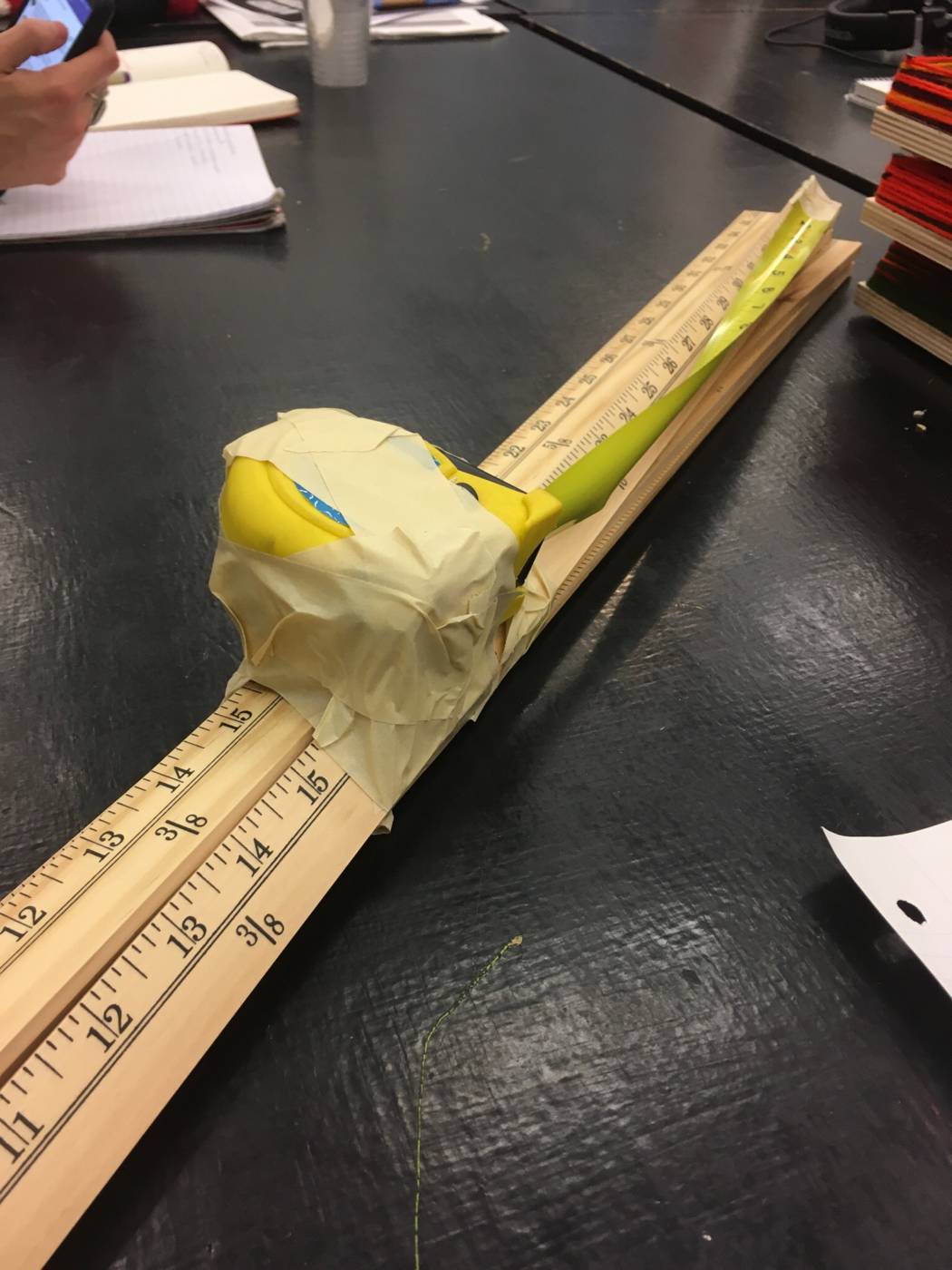
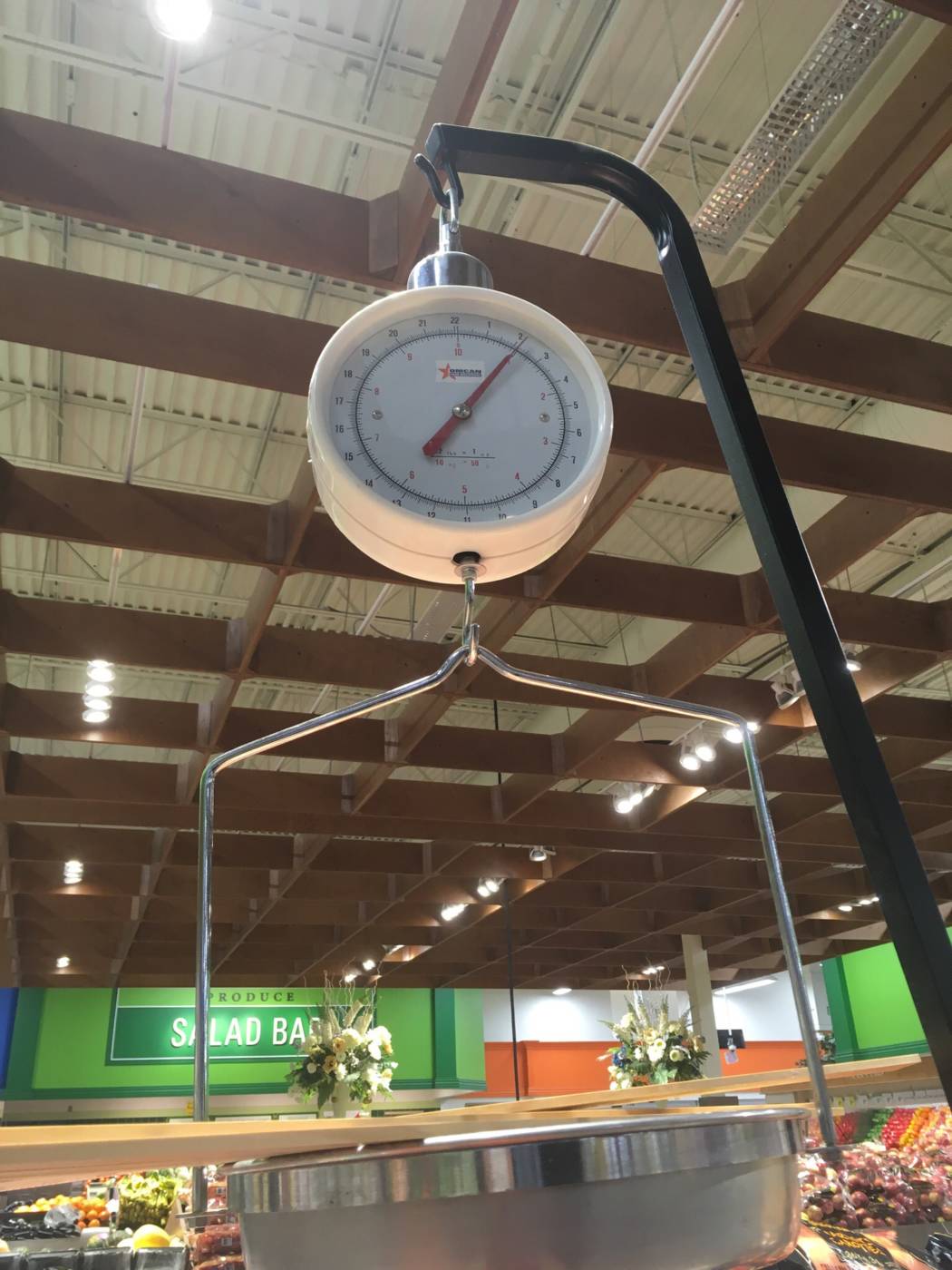
You must be logged in to post a comment.